32 pages • 1 hour read
Isaac AsimovRain, Rain, Go Away
Fiction | Short Story | Adult | Published in 1959A modern alternative to SparkNotes and CliffsNotes, SuperSummary offers high-quality Study Guides with detailed chapter summaries and analysis of major themes, characters, and more.
Themes
The Illusion of Perfection and Control
An illusion of perfection typifies this time period, when the US experienced an unprecedented economic and industrial boom, and though it wasn’t a frequent topic for Asimov, it does relate to his Humanist interests in the nature of people’s values and the question of what gives life meaning. Families in the 1950s were part of the Age of Television and the rise of national advertising that televised media and radio allowed. Families would have watched series like The Dick Van Dyke Show, I Love Lucy, and Leave It To Beaver that presented idealized families: Generally, the husband worked, the wife took care of the home, the children were well-behaved, and everyone made it look easy. Commercial breaks presented ads about the newest stovetop, automobile, or cola that would give people greater control over their lives.
“Rain, Rain, Go Away” demonstrates the influence of this context throughout the narrative. In the first scene, after “vanishing into the kitchen [...] Lillian came back into the living room with a patter of high heels” (128). This presents two key ideas about the role of the “perfect” wife in this setting: both that her place is in the kitchen, and that she should always look her best, wearing heels even if all she does is sit home and look at her neighbors through the venetian blinds.
Related Titles
By Isaac Asimov
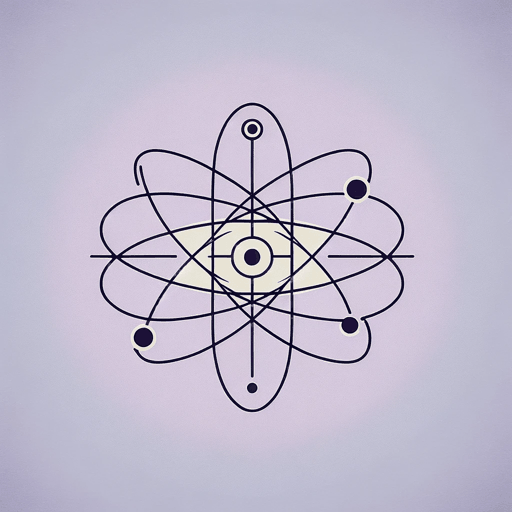
Foundation
Isaac Asimov

Foundation and Empire
Isaac Asimov
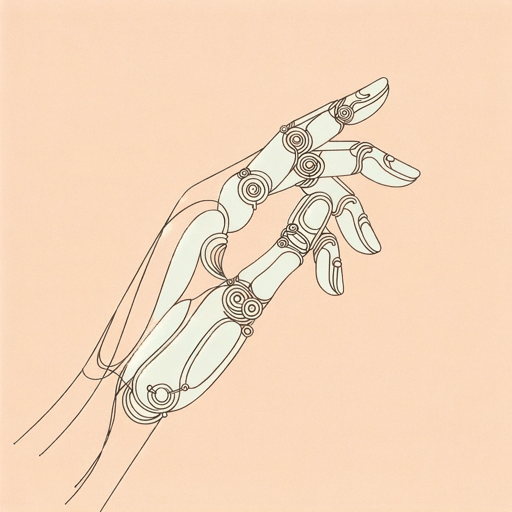
I, Robot
Isaac Asimov
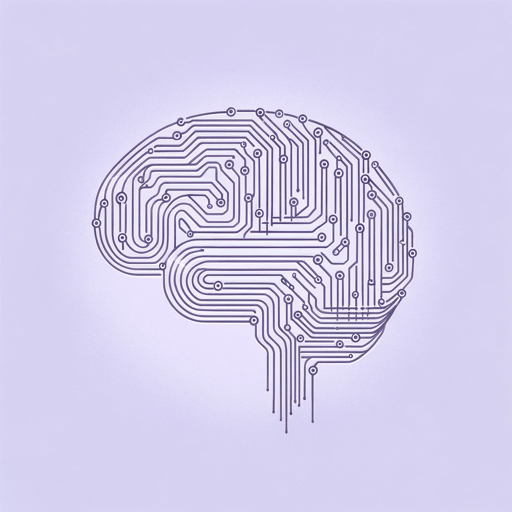
Robot Dreams
Isaac Asimov
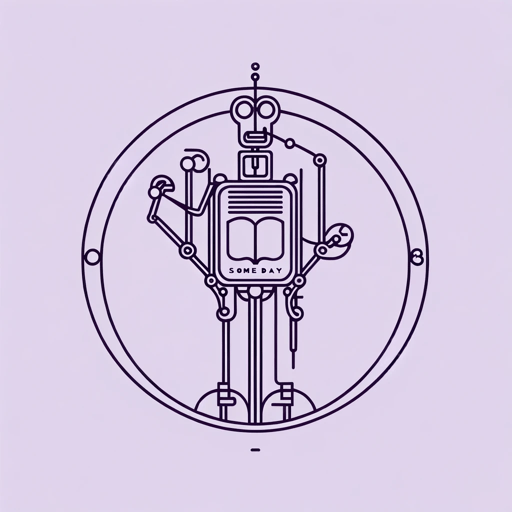
Someday
Isaac Asimov
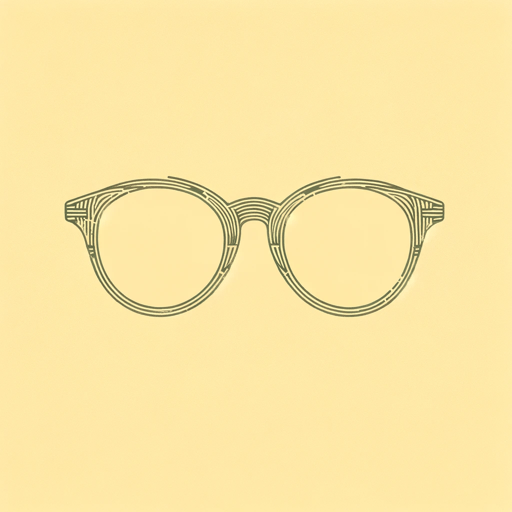
The Caves of Steel
Isaac Asimov
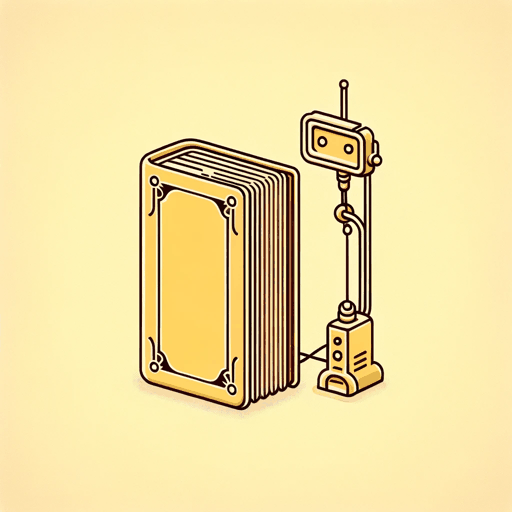
The Fun They Had
Isaac Asimov

The Gods Themselves
Isaac Asimov
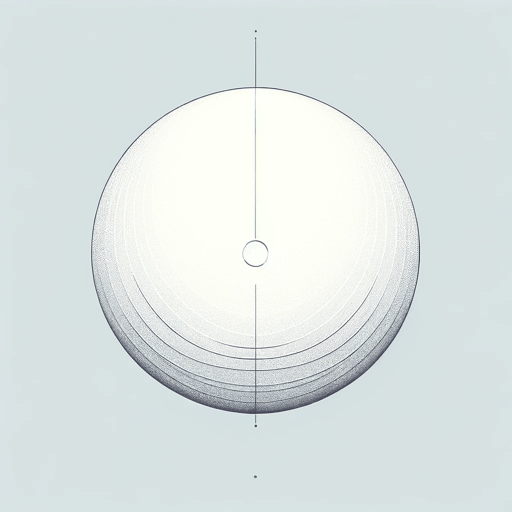
The Last Question
Isaac Asimov

The Ugly Little Boy
Isaac Asimov
Featured Collections
Class
View Collection
Class
View Collection
Community
View Collection
Education
View Collection
Fear
View Collection
Good & Evil
View Collection
Jewish American Literature
View Collection
Nation & Nationalism
View Collection
Order & Chaos
View Collection
Safety & Danger
View Collection
Trust & Doubt
View Collection

